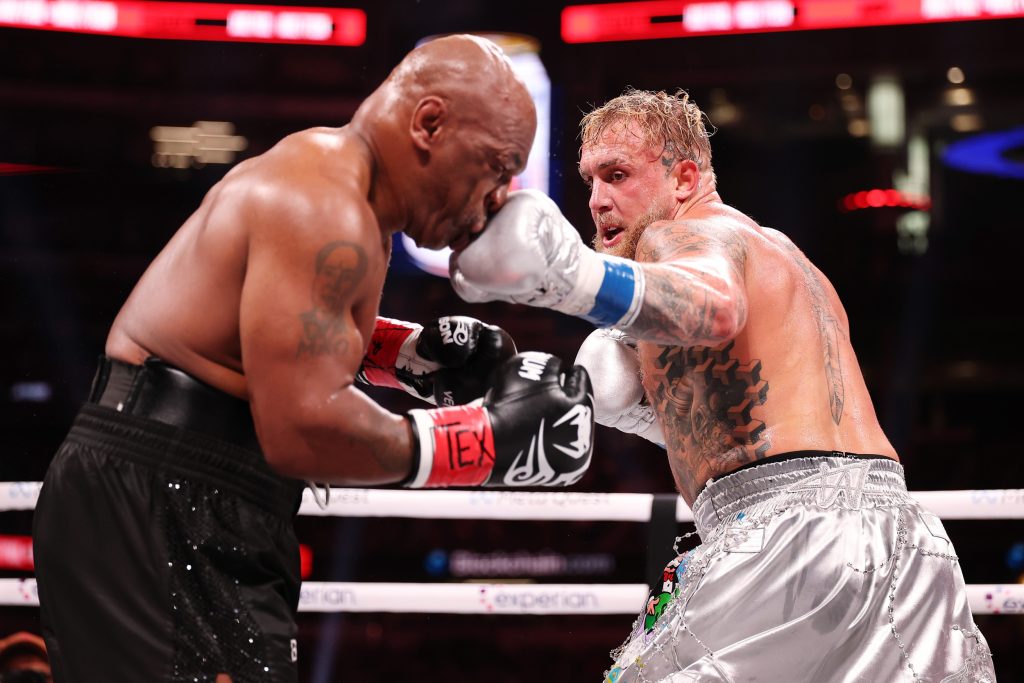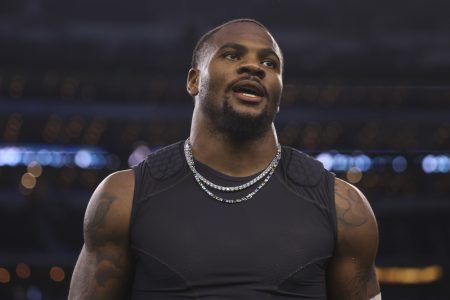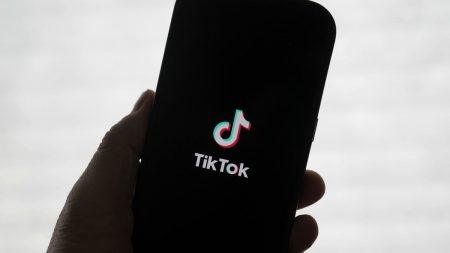The highly anticipated exhibition bout between boxing legend Mike Tyson and YouTube sensation Jake Paul, held on November 15th, became a watershed moment in sports broadcasting history, shattering streaming records and solidifying the growing influence of digital platforms in the world of sports. Netflix and Most Valuable Promotions, the entities behind the event, achieved unprecedented viewership numbers, signaling a potential paradigm shift in how sports content is consumed and distributed. This resounding success is expected to pave the way for increased investment in streaming sports events, potentially blurring the lines between traditional broadcasting and online platforms.
One of the most discussed aspects of the Tyson-Paul matchup was the significant age disparity between the two fighters. Tyson, at 58 years old, stepped back into the ring after a considerable hiatus, facing off against a 27-year-old Paul. This age gap sparked widespread debate and raised concerns about the potential health risks for Tyson. The boxing icon had previously experienced a health scare on a flight, which resulted in the postponement of the fight from July to November, further fueling anxieties surrounding his physical well-being. The concerns regarding Tyson’s ability to compete safely at his age were unfortunately validated by revelations following the bout.
In a candid interview on “The Covino & Rich Show,” Tyson disclosed a startling detail about the fight: he had blacked out for the majority of the eight-round exhibition. Tyson recounted only remembering the initial moments of the first round and then regaining consciousness towards the end of the final round, during Paul’s concluding bow. This revelation adds a disturbing layer to the already controversial event and raises serious questions about the medical oversight and decision-making process that allowed the fight to proceed. The fact that Tyson competed while essentially unconscious for the majority of the bout underscores the inherent risks involved in combat sports, particularly for older athletes.
Tyson’s admission of blacking out during the fight explains his seemingly stoic demeanor and diminished performance, especially in the later rounds. While he initially demonstrated his signature power and aggression, his energy visibly waned as the fight progressed. Although his inability to keep pace with the younger, more agile Paul was not surprising given the age difference, the revelation that he was fighting while unconscious is a cause for significant concern. This revelation highlights the importance of rigorous medical assessments and stringent safety protocols in combat sports to protect the health and well-being of athletes.
The long-term impact of this fight on Tyson’s health and future plans remains a subject of speculation. Following the bout, Tyson hinted at retirement in an Instagram post, and his son, Amir, further corroborated this notion in an interview, stating that his father was likely done with boxing. The combination of Tyson’s post-fight statement, his son’s assertion, and the alarming revelation of his in-fight blackout strongly suggests that the legendary boxer is indeed preparing to hang up his gloves permanently. This decision, though perhaps difficult for such a competitive figure, would be a prudent one, prioritizing his long-term health and well-being over the allure of the ring.
The Tyson-Paul exhibition match, while a landmark achievement in sports streaming, also serves as a cautionary tale. It underscores the ethical considerations involved in promoting fights between athletes with significant age disparities, particularly when one of the competitors is a seasoned veteran nearing the end of their physical prime. The fight’s aftermath, marked by Tyson’s admission of blacking out, has brought the issue of fighter safety to the forefront, prompting calls for stricter regulations and a more conscientious approach to matchmaking in combat sports. While the event broke streaming records and generated considerable buzz, it also leaves a lingering question mark regarding the long-term health consequences for Mike Tyson and the broader implications for the future of boxing.










